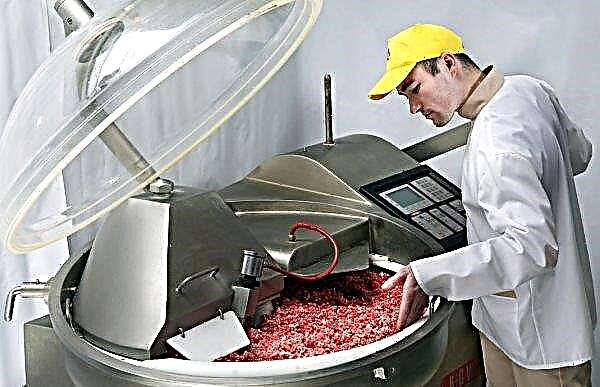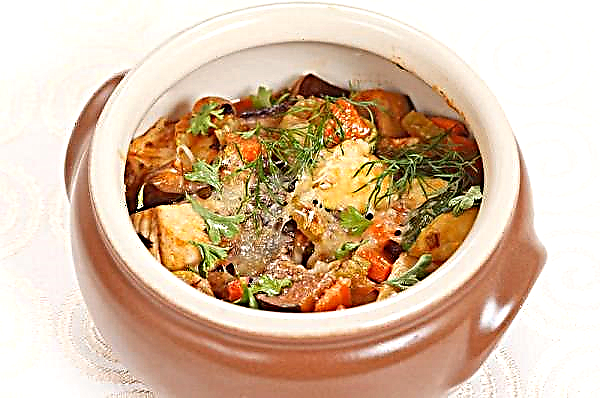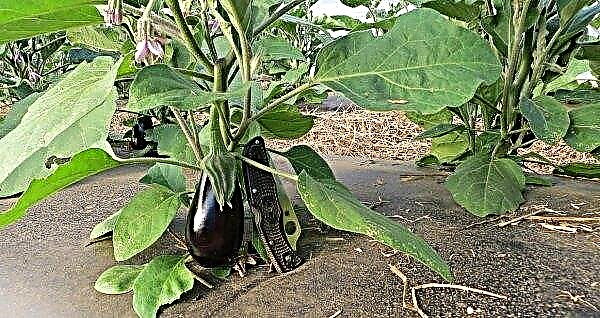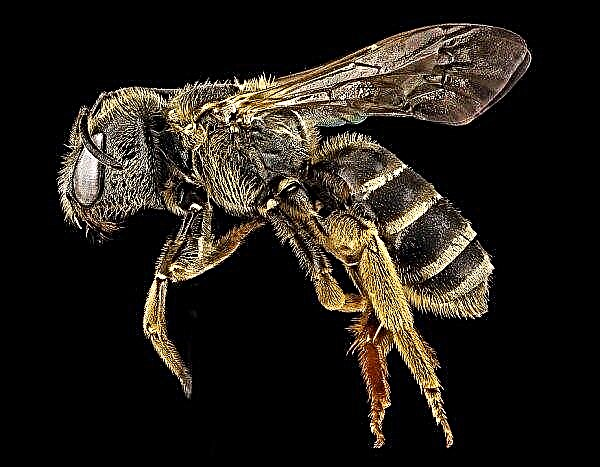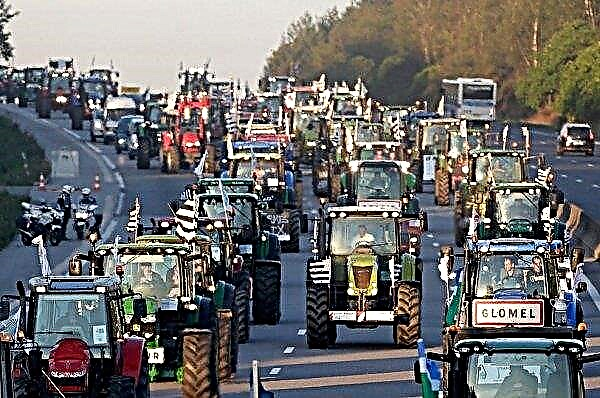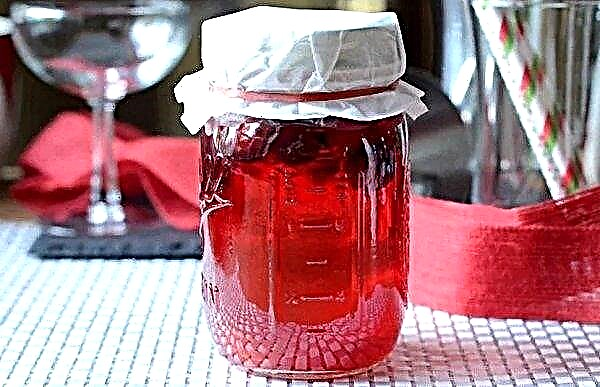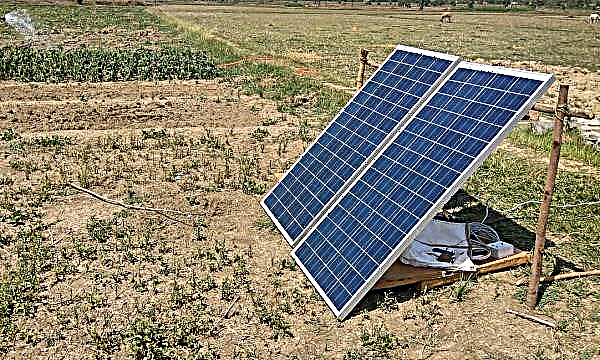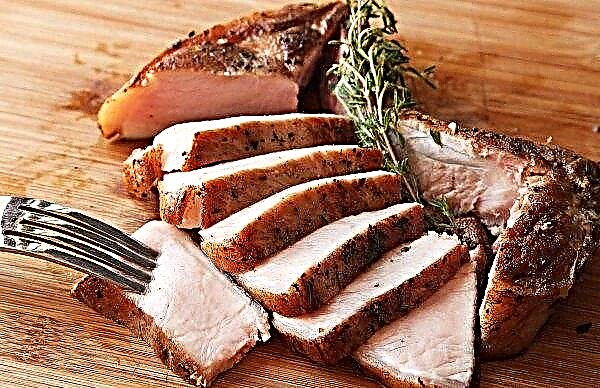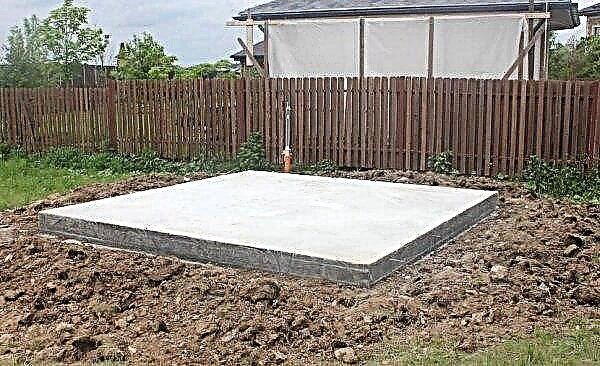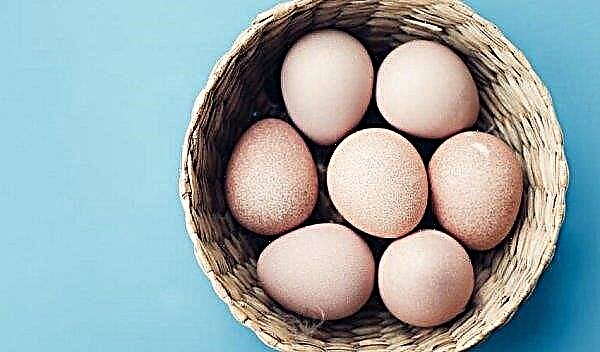Meat and bone meal belongs to the list of the most popular additives for birds, because it nourishes the chicken diet with necessary vitamins and useful minerals. Almost every owner of poultry at least once used it as a feed for their pets. Why this supplement is so useful, what it consists of and how to give it to the chickens correctly so as not to harm it - let's figure it out together.
Description and composition
Meat and bone meal is a powder that is obtained from processing beef meat and bones. Usually, raw materials from sick animals are used for these purposes, since it is unsuitable for human consumption. In total, there are three product classes available. The composition of each of them is approved by state quality standards, however, depending on the manufacturer, the ingredients may vary slightly.
In total, there are three product classes available. The composition of each of them is approved by state quality standards, however, depending on the manufacturer, the ingredients may vary slightly.
| Ingredient | Its features |
| Protein | The most useful of the elements of meat and bone meal is obtained directly from meat. Most of it is contained in the first class product (30-50%). |
| Fats | The least of them are in the 1st grade (up to 10%), the most - in the 3rd. |
| Cellulose | It is present in all three classes equally. |
| Ash | It is the smallest in grade 1 (up to 30%), while in grade 3 it can make up to 70% of the product. |
| Minerals | Phosphorus, calcium, organic acids, B vitamins, riboflavin, etc. |
As is clear from the description, the most useful (but also the most expensive) is the first class, the basis of which consists of meat. In the second grade, there is already more fat and ash, and in the third, the ratio of meat to bones is 1: 5.
Important! The more meat in the composition of meat and bone meal, the more protein in it, and therefore, the more actively it will contribute to the collection of muscle mass by the bird.
Benefits for Chickens
Regular consumption of meat and bone mix by a bird leads to:
- increase in the number of eggs;
- weight gain by chickens;
- improving the quality and beneficial properties of eggs and chicken.

Stages and manufacturing principles
Some owners of poultry farms independently prepare such an additive, but this is a long and complex process that requires time and proper equipment.
That is why in most cases they buy meat and bone powder made at factories. There, the process of creating it is as follows:
- The meat and bones are washed and dried.
- Then the raw material is cooked or steamed, after which it is cooled to +25 ° C.
- The next step is the grinding of the product using special devices.
- The resulting powder is carefully sieved to eliminate large lumps, uncooked pieces.
- To avoid harmful elements from entering the flour, it is processed in a magnetic separator, the task of which is to weed out metal particles if they enter the mixture.
- Further, antioxidants are added to the product, they provide its long-term storage.
- The final stage includes the packaging and packaging of finished products.
Did you know? Hens do not rush in the dark. They lay eggs either in daylight, or wait for the inclusion of electricity.
How to choose
Since low-quality meat and bone meal can provoke bird diseases, it is important to be able to choose the right product. There are a number of recommendations for this:
There are a number of recommendations for this:
- Avoid cheap supplements whenever possible.
- High-quality flour looks like a powder of various shades of brown, and also has its own, special, smell.
- Do not take supplements of yellow, green colors.
- Avoid meat and bone meal that has the smell of rot or musty.
- The powder should be a homogeneous consistency consisting of small granules.
- If there are large lumps, it means that the procedure for the manufacture or storage of the product was violated.
- Try to buy meat and bone meal from the same trusted manufacturer.
Important! The yellow color of the product may indicate an impurity of soybeans in it. With its help, producers reduce the cost of the product, but for birds this has negative consequences: there is a lack of protein in their diet, which can lead to diseases and cannibalism.
Storage conditions
It is important not only to choose the meat and bone meal correctly, but also to ensure its further storage, otherwise you risk ruining the quality product and, again, harming the health of the bird. Keep the flour in a ventilated but dry room where the temperature does not exceed +30 ° C. It is better to store in the original packaging, not forgetting to monitor the expiration date (depending on the manufacturer, it ranges from 6-8 months). With long-term storage of meat and bone meal, the decomposition of protein in its composition begins, which leads to the formation of ammonia, which is life-threatening to animals. This is why you cannot feed a bird with an expired product. In addition, remember that elevated temperatures accelerate this process.
With long-term storage of meat and bone meal, the decomposition of protein in its composition begins, which leads to the formation of ammonia, which is life-threatening to animals. This is why you cannot feed a bird with an expired product. In addition, remember that elevated temperatures accelerate this process.
Instructions for use
Best of all, meat and bone meal manifests itself in the composition of the mash, along with vegetables, cereals. With this in mind, in the diet of chickens, the supplement should not exceed 6%. But, depending on the age and purpose of the bird, there are some features of the use of this product.
For laying hens
The norm for adult laying hens is 7–11 g flour per day. Such a dosage will provide the avian body with enough calcium to form eggs. In this case, there are no special recommendations regarding how and with what it is better for chickens to use the supplement. The main thing is that the norm is maintained.
In this case, there are no special recommendations regarding how and with what it is better for chickens to use the supplement. The main thing is that the norm is maintained.
For broilers
In the diet of broilers, meat and bone meal is actively used, but it is worth observing some rules:
- introduce it into the mixture gradually, starting with small doses and increasing them over time;
- Do not exceed the recommended dosage;
- feeding broilers should begin from the first days of the life of birds.
Did you know? Chickens are distinguished by good and spoiled eggs, throwing the last out of the nest.
Farmers and professional breeders use two- and three-stage feeding modes for feeding broilers:
- The first involves the use of the starting mixture during the first month of life of young animals, after which finishing feed is added to the diet, in which the amount of flour is gradually growing.
- The second option differs only in the use of pre-feed, which is given to the chicks in the first 20 days of life. Then, the starting and finishing mixes are used according to the principle of a two-stage regime.

For chickens
Chickens, like any babies, have weak immunity, therefore, require a special approach in terms of feeding.
For them, there is a regimen of supplementation:
- you can give them meat and bone meal no earlier than the 5th day of life;
- 6-10 days - 0.5-1 g per individual per day;
- 11-20 days - 1.5-2 g;
- 21-30 days - 2.5-3 g;
- 31–63 days - up to 5 g.
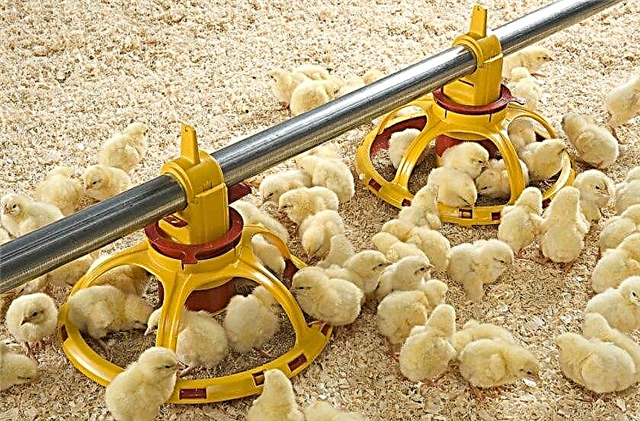 Today it is difficult to imagine a full-fledged diet of poultry without additives and top dressing, among which meat and bone meal plays an important role. If this product is made in compliance with the technology, properly stored and consumed by chickens within the recommended norms, then it is able to provide a quality set of meat, as well as increase the egg production of poultry.
Today it is difficult to imagine a full-fledged diet of poultry without additives and top dressing, among which meat and bone meal plays an important role. If this product is made in compliance with the technology, properly stored and consumed by chickens within the recommended norms, then it is able to provide a quality set of meat, as well as increase the egg production of poultry.

